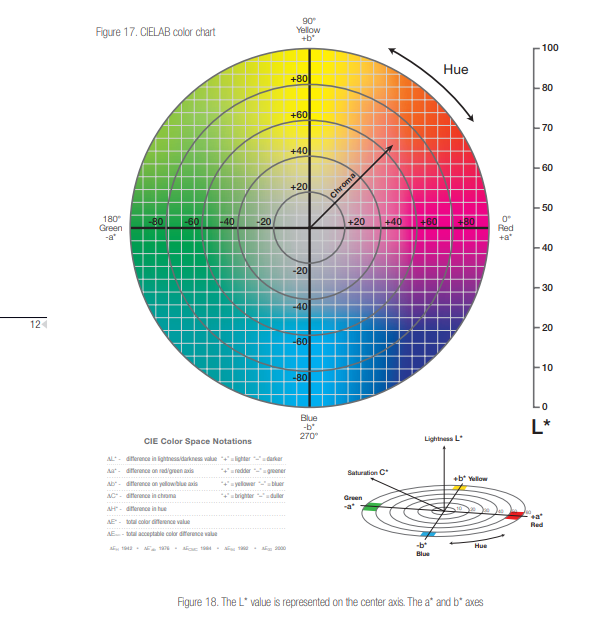

- #CIE COLOR CALCULATOR SOFTWARE HOW TO#
- #CIE COLOR CALCULATOR SOFTWARE INSTALL#
- #CIE COLOR CALCULATOR SOFTWARE UPGRADE#
Perform the black calibration and then capture the ambient light measurement.Ĭlick on the measurement and then select "File" and "Save as" to save the. Measure the ambient light in i1Share by selecting "Evaluate" and then "Light".
#CIE COLOR CALCULATOR SOFTWARE INSTALL#
Solution: Yes, but it is a bit complicated.ĭownload and install the ColorLab Utility software from the following location: Question: Utilizing the software i1Share with i1 spectrophotometer to take measurements of ambient lighting is it possible to report the measurement in L*u*v*, L*C*h°, and/or CIE XYZ as well as L*a*b*? Farbmesslösungen für Industriefarben und -lackeĬonverting i1Share Data to L*u*v*, L*C*h°, and CIE XYZ.
#CIE COLOR CALCULATOR SOFTWARE UPGRADE#

#CIE COLOR CALCULATOR SOFTWARE HOW TO#
Read more about why CCT is insufficient for film & photography lighting applications, as well as how to translate Duv values to green gel values. If using CCT and you are concerned about light quality, it is always best to also include information about the light source's Duv value, as it includes information about the distance and direction away from the black body curve. It's important to note that in correlating a light source's measured CIE xy coordinate value to a color temperature value, we immediately lose information about the magnitude and direction of this correlation. But if the deviation is so large that the light source is no longer considered "white," the result is likely to be not meaningful. The word "correlated" in "correlated color temperature" (CCT) refers to the mathematical process that answers the question above.īut what if the deviations are not minor? Mathematically, the process of correlating to a color temperature value is still possible, and the formula (including our calculator) will produce a numerical result. When these deviations are minor, it can still be helpful to ask, "what is the color temperature value of the closest point along the black body curve?" - because it allows us to make simple, intuitive judgement about the color of a light source. Instead, we see minor deviations from the black body curve due to atmospheric absorption (natural daylight) and manufacturing variability (artificial lamps). But most light sources, including natural daylight, do not actually exhibit light color that is exactly on the black body curve. As the color temperature value increases, we move further down the curve (down and left, towards the blue region). Mathematically, however, it is possible to calculate a CCT value for light sources that are not even close to being white - for example, a saturated green LED from an RGB system can have a calculated CCT of approximately 7000K, even though its qualitative color appearance is vastly different from a white LED at 7000K.Ĭolor temperature is an absolute, one-dimensional metric that describes a particular point along the black body curve.

Use caution when "correlating" color temperatureĬolor temperature is a useful metric when discussing approximately white color light sources only.


 0 kommentar(er)
0 kommentar(er)
